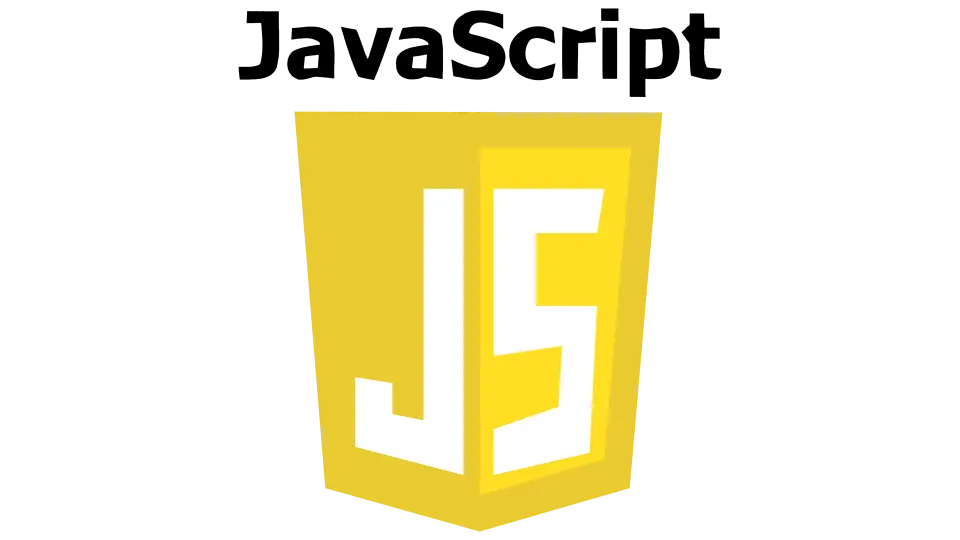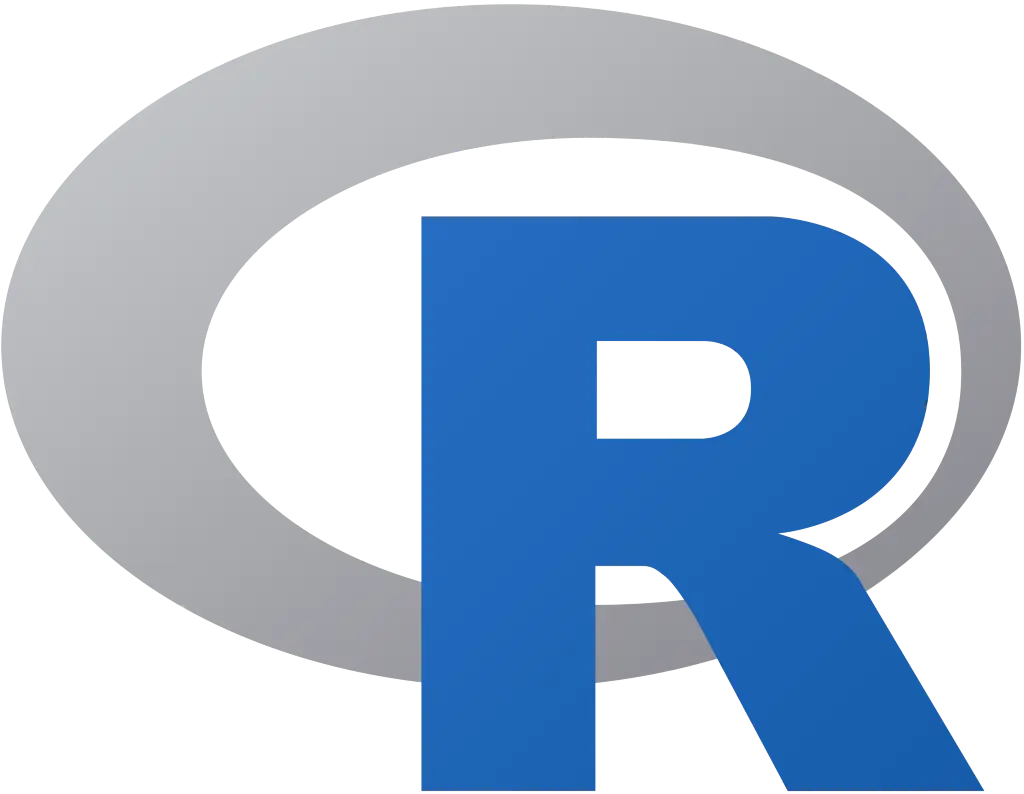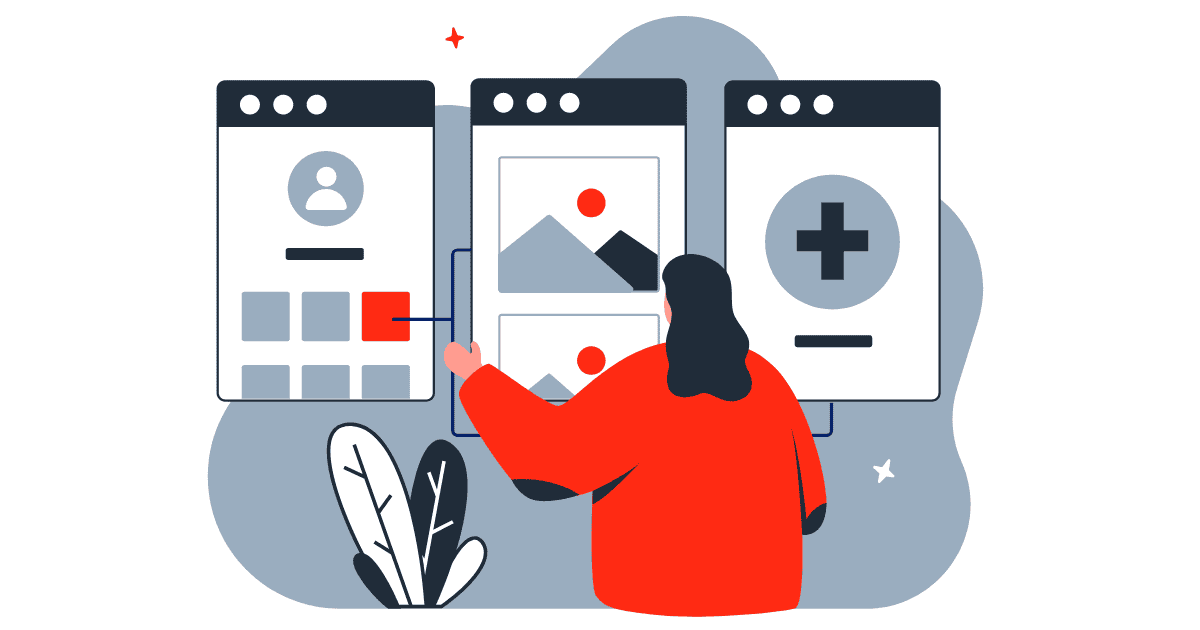It’s no secret that there are a lot of different programming languages to choose from for Biotech development projects. This is exciting because there are many choices, there are also a lot of opportunities. It can also make things more complicated when you figure out the top programming languages for Biotech, especially since this can change at any time.
Still, being informed about these different options is important because what you decide can have a great impact on the process and the outcome. Not sure what to choose? We’re here to help in this post. At Unosquare, we have been working with Life Sciences clients over the last 12 years. Whether it is supporting an entire infrastructure for life saving cancer diagnostics or supporting a 300 person sales team with customer CRM work, we have extensive experience in this vertical.
These three languages are not the only tech that supports Biotech firms, but tend to be commonly used. Keep reading to get a breakdown of what goes into selecting the right language for your Biotechnology project. We’ll also dive into the best language choices and why they’re so popular.
Why is choosing the right language critical in Biotech projects?
Considering the purpose or goal for your project is key. It should always play a role in the language that you choose. Ask yourself: What kind of application will you build, and how will people use it? You also have to think about the complexity or size of the application. Small projects will have different requirements than internal, enterprise-level solutions.
Once you narrow it down to what languages might fit based on your project requirements, it’s time to factor in the industry specifically. In the case of Biotech, there is a lot of data that has to be managed and visualized. Some languages are much better than others for this need.
In a highly regulated industry like this one, you also have to keep a close eye on development practices, and there’s also a need to get work done quickly. Selecting the right programming language can help you execute projects efficiently.
What are the top programming languages for Biotechnology?
Three of the top languages you should know for the biotech industry are R, Python, and Javascript. Each of these languages has its strengths for specific applications and can work well for projects in this space. Next, we’ll take a closer look at these different programming languages that are currently known as important for developers in Biotech.
What is JavaScript programming language?

JavaScript is another object-oriented scripting language. Netscape was developed and released in 1995 as part of the Navigator 2 web browser, which later became known as Mozilla Firefox. The first version of JavaScript to be widely used on websites was 1.0, released in October 1997. The creator’s desire was for it to run well in all browsers without modification.
Today, it continues to be one of the most popular languages. According to the 2019 Stack Overflow Report, 67.8% of developers use Javascript. It’s a top choice when building an interactive web application. Dynamic JavaScript frameworks and libraries make it easy for developers to build something that meets their requirements.
Javascript is the language of choice for many because it’s so versatile. It works well with other programming languages. Additionally, while this wasn’t always the case, it’s now capable of front-end and back-end development.
The trends that we are seeing with our client base is that React continues to grow in popularity and some “modernization” efforts (moving to microservices) includes this front end framework.
What is Python programming language?

Python was created in the late 1980s. It’s a high-level scripting language with dynamic typing, and it’s also an extremely popular programming language for the Fintech space. The syntax is simple but powerful enough to get complex work done fast. It’s a top choice in rapidly-moving industries since it doesn’t take as much time to learn as other languages.
There’s a lot of buzz around Python right now, as the language continues to gain steam. The TIOBE index shows that this language is about to take the number one spot, which is the position that C currently holds.
Another benefit of going with Python is that many biology programmers have already contributed libraries to make Python science-friendly. The documentation for Python also has a section for the scientific audience. This makes it a no-brainer if you believe the language is the right fit for your project.
We have noticed that Python is especially popular for biotech startups that we have engaged with over the last four to five years. Relative to other programming languages, it is not as complex to learn and is supportive of predictive analytics and big data integration.
What is R programming language?

Heard of R? Some of our developers have, but it’s not as prominent as others, though growing in popularity. R programming language is an object-oriented scripting language developed by Ross Ihaka and Robert Gentleman at the University of Auckland in New Zealand. R is based on S-Plus, which is also known as Statistical Analysis System os SAS.
It has been used to create useful applications, including statistical packages, data mining tools, web servers, graphical interfaces, etc. The name R comes from “research.” This is because this language is mainly used for doing research-related tasks like statistics, machine learning, graphics, and visualization.
While R is a less commonly known programming language, its popularity has grown over the past few years. As of September 2021, it’s in the top 20 languages on the TIOBE index. It has also emerged as a top choice in Biotech because universities, research institutes, and the industry have become more accepting of it for statistical analysis. Now, those interested in working in Biotech see R as one of the top programming languages to learn.
R and Python are playing in the same sandbox as they are both data science languages. Therefore, some healthcare firms are including R in their conversations about which is the right language to work with complex and compliance based data.
Can you use other programming languages for Biotech?
Ultimately, the right programming language for your project will depend on your specific needs. You should also factor in your requirements for the scalability and maintainability of the application. Initial development is just one part of the story. Choosing from the top programming languages for Biotech requires that you take the full picture into account.
Life Sciences is a compliance industry, with sensitive data being exchanged through from R&D, through medical trials, and potentially patient treatment. What you do choose should be able to work well with keeping data HIPAA compliant and maintaining scalability.
Ready to outsource your next Biotech project?
Choosing the right methods and the right partner for your project can make a big difference. If you need help with your upcoming Biotech project, we can help. Here at Unosquare, we have over 2,000 successfully completed projects and over 600 engineers. We also have more than 120 distributed teams. Our company knows what it takes to meet and exceed project needs. Want to learn more about what Unosquare can do for your company? Check out our blog here to get more information on what we do and our expertise.



